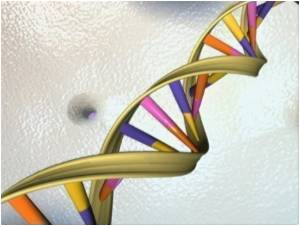Neural tissue contains imbalanced levels of proteins, which may explain the brain's susceptibility to a debilitating childhood movement disorder, according to researchers

"We want to understand why dystonia affects only brain cells in order to treat children," says William Dauer, M.D., Elinor Levine associate professor in the department of neurology at the University of Michigan.
Previously, Dauer and his colleagues used genetic engineering to create the same mutation in mouse DNA that causes the disease in humans. These mice had a neural specific defect similar to the brain-specific abnormality in human patients with dystonia.
The researchers used this mouse model to determine why neurons were affected, while the rest of the body was unaffected. They found that compared to nonneuronal cells, neurons have dramatically lower levels of torsinB, a sister protein that can work similarly to torsinA. When the DYT1 gene mutation causes a defect in torsinA, torsinB can take over its role in all other cells except for neuronal cells.
In fact, when Dauer and his colleagues experimentally reduced the amount of torsinB in skin cells with the DYT1 mutation, they developed abnormalities just like those found in neurons, says Dauer. "This could explain why one organ may be selectively affected in other diseases. The cells in that organ might lack proteins that help them to withstand certain genetic mutations or environmental insults."
"I compare this to populations—when during flu season only people with weakened immune systems get sick, while others don't. It's really quite simple," he says.
Advertisement
Ultimately, research is needed to discover how to modulate the proteins in cells to protect the vulnerable cells from disease.
Advertisement
Source-Eurekalert









